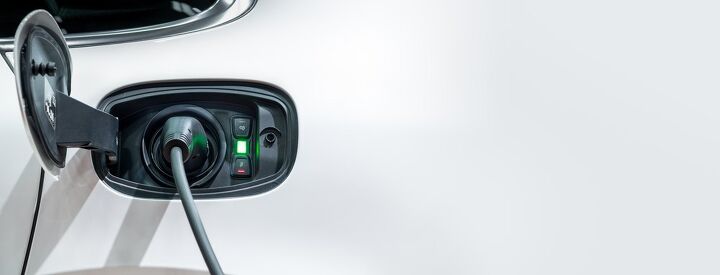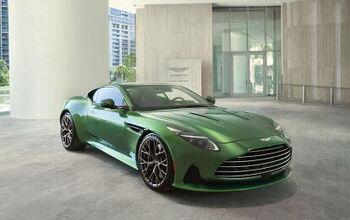EV Resurgence: Is 2024 the Turning Point for Electric Cars?
The electric vehicle (EV) market is experiencing a significant growth in 2024, with expectations for sales of passenger EVs to climb by 21 percent in 2024, reaching 16.7 million units. This growth includes both battery-electric vehicles and plug-in hybrids, with the former expected to account for 70 percent of these sales. This trend reflects a steady rise in the EV sector, despite various external factors and policy changes affecting the market.
Diverse Market DynamicsChina's Dominance
In China, EV sales are anticipated to hit nearly 10 million units, constituting almost 60 percent of the global market. However, the growth rate in China is decelerating, primarily due to market saturation in affluent regions and challenging economic conditions.
Stability in Europe
Europe is likely to witness a stable increase in EV sales, with projections of 3.4 million vehicles, marking an 8 percent rise from the previous year. This stability results from reduced subsidies and the influence of favorable company-car taxation schemes.
Uncertainty in the United States
The U.S. EV market is facing unpredictability with an expected 1.9 million EV sales. Factors such as political polarization and shifts in tax credits could influence this figure.
Growth in Emerging Economies
Countries like India, Thailand, and Indonesia are experiencing notable growth in EV sales, indicating that EVs are not limited to wealthier nations.
Surge in Commercial Electric Vehicles
The commercial EV sector is seeing significant growth, with sales expected to double to 1 million in 2024, up from 500,000 in 2023. This segment plays a vital role, considering the substantial contribution of commercial vehicles to fuel consumption and emissions.
Technological and Infrastructure Progress
Key drivers for EV market growth include advancements in battery technology, declining costs, and the expansion of public charging infrastructure, now boasting 4 million points globally. These developments are crucial for the continued expansion of the EV market, especially with the introduction of more affordable models in Western markets.
Reflection on Past Forecasts
Looking back at previous predictions, there has been a notable accuracy in aspects such as sales figures, market leaders, and infrastructure growth. One significant confirmation is BYD surpassing Tesla as the top producer of battery-electric vehicles.
Market Leadership and Prospects
The competition for EV market leadership is primarily between Tesla and BYD, with both expected to maintain their significant leads over competitors like Volkswagen.
This article was co-written using AI and was then heavily edited and optimized by our editorial team.
More by TTAC Staff
Latest Car Reviews
Read moreLatest Product Reviews
Read moreRecent Comments
- Olivehead The Honda Civic wins on looks and interior material quality and style. The Civic looks like a scaled down "real" car (i.e., midsize) while the Corolla never lets you forget what it is-a compact car, harkening back to the Tercel, etc. No comparision either in the interior materials of the Civic (a notch below Acura level) and general layout. There too, the Corolla comes off as a compact runabout. The Civic hatchback is especially cool.
- Mike Beranek While the product may appear to be "better", only time will tell. The American automotive environment can chew a car up and spit it out. Will these Chinese EVs survive like a quarter-century old Cavalier, or will they turn out like VinFast's "cars"?
- Mike Beranek This police vehicle will be perfect for when the State of Florida starts tracking every pregnancy.
- Dave M. The Highlander hybrid, a larger, heavier vehicle, gets better mpgs. Why? Also, missed opportunity - if Toyota had made this a hatchback, they could have scooped up the "want a Tesla S but not ready for a full EV" crowd, however small or large they may be....
- TheMrFreeze Difficult call...the more the mainstream automakers discontinue their more affordable models and only sell crazy overpriced EVs and trucks, the more appealing the idea of letting in cheap imported cars becomes with the buying public. If the government is going to impose tariffs on Chinese vehicles, at the same time they need to be getting with the Big 3 and telling them to fill the void with affordable models and not use the tariff as an excuse to simply raise prices. Otherwise, public pressure could see the tariffs withdrawn.I seem to recall the last administration put a 25% tariff on Chinese steel, at which point the US manufacturers immediately used the opportunity to raise their prices 25%...that needs to not happen.

































Comments
Join the conversation